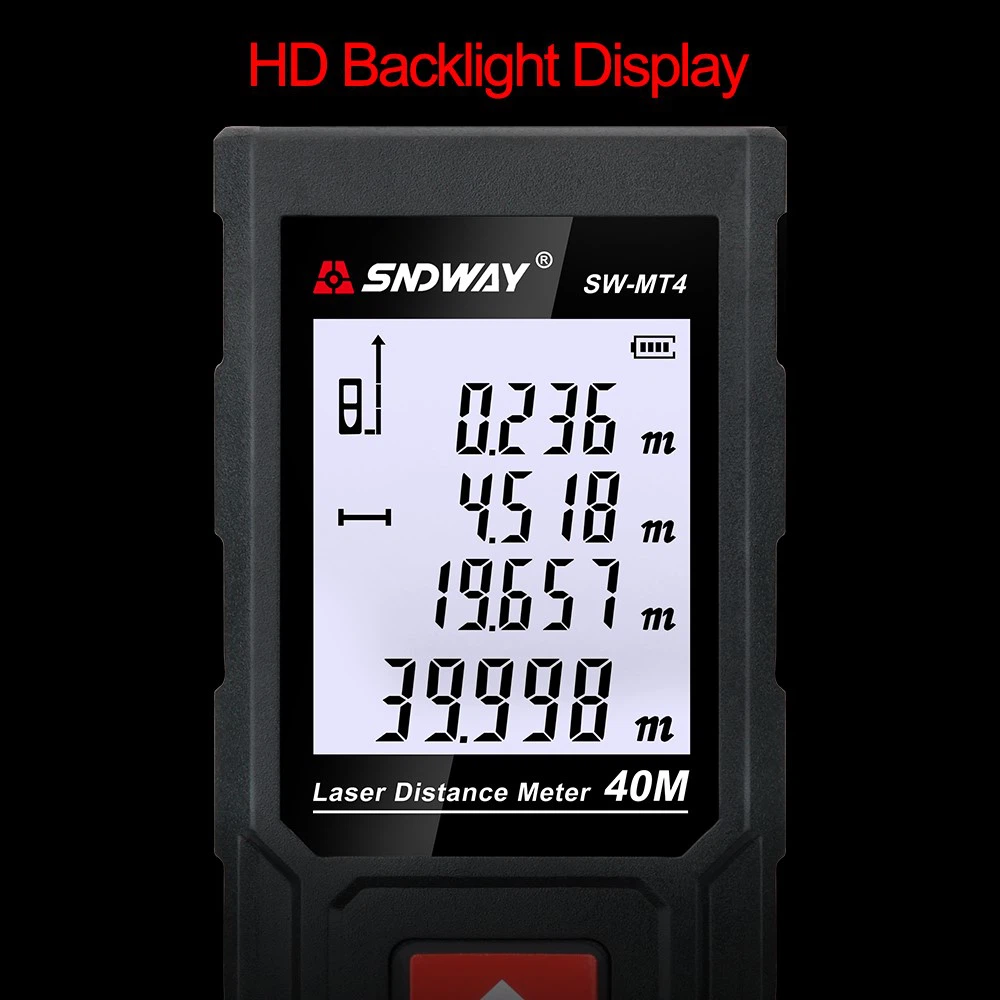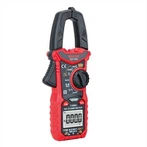The use of ppm in rangefinders
1mm+1ppm is the usual abbreviation for 1mm+1ppm x D (kilometers), which reflects the nominal range accuracy of a total station or rangefinder. Where.
1mm, on behalf of the instrument's Fixed error, mainly caused by the instrument plus the constant determination error, centering error, phasing error, fixed error has no relationship with the measured distance. That is, no matter how far the actual distance is measured, the total station will have a fixed error not greater than the value.
1ppm × D kilometers represents the proportional error, where 1 is the proportional error coefficient, which is mainly caused by the instrument frequency error, the atmospheric refractive index error. ppm is the meaning of parts per million (a few), D is the total station or rangefinder the actual measurement of the distance value, the unit is kilometers. As the actual measurement distance changes, this proportional error portion of the instrument also changes proportionally. For example, when the distance is 1 kilometer, the proportional error is 1mm.
For a range accuracy of 1mm + 1ppm total station or rangefinder, when the measured distance of 1 kilometer, the instrument's range accuracy of 1mm + 1ppm × 1 (kilometer) = 2mm, that is to say, the total station to measure the distance of 1 kilometer, the maximum range error is not greater than 2mm.
3 seconds is the distance measurement time
Handheld laser rangefinder how to use
1, correctly loaded batteries, pay attention to battery polarity.
2, straight line distance measurement: straight line distance measurement, laser rangefinder commonly used functions. After powering on the measurement button to measure the readings.
3, the hook theorem function: the use of the hypotenuse (string) and the length of the side (strand) length to find the height of the other side (hook). This function solves the problem of height measurement.
4, area measurement function: measured the distance between the two sides of the length of its area.
5, volume measurement function: measured length, height, width and its volume.






